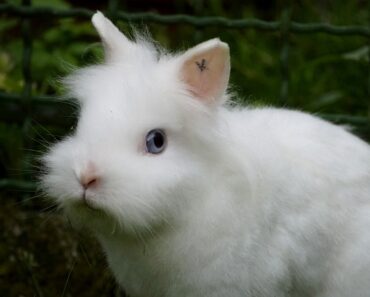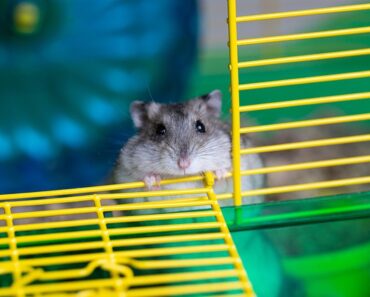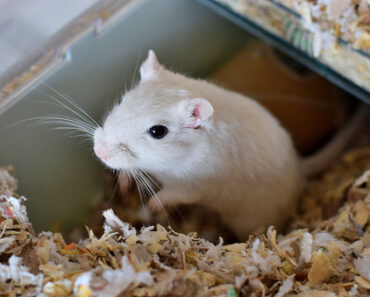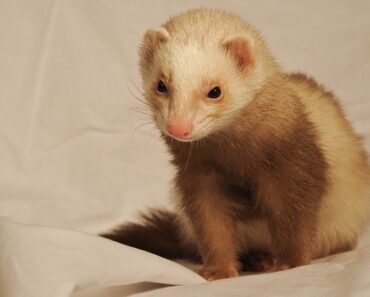Small and adorable rodent, cheap to maintain, the hamster is more and more popular in French households. It is indeed an excellent alternative to traditional pets. Discover more about this endearing ball of fur!
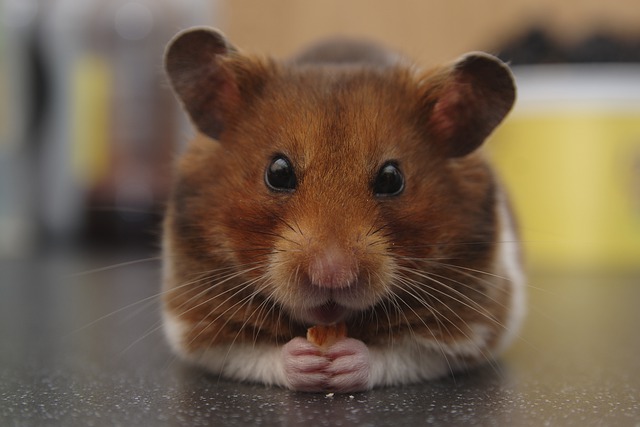
Where does the hamster come from?
The hamster is a small animal domesticated by man rather recently, unlike other species, such as the cat, which was already present in human homes in Ancient Egypt.
It belongs to the family of rodents, coming from the verb “to gnaw” so called because its incisors grow throughout its life. It is thus necessary for him to file them naturally by the fact of gnawing in order to make them preserve an optimal length.
There are more than twenty breeds of hamster, of which only five are domesticated: the golden hamster, the largest, as well as the Russian hamster, the Siberian hamster, the Roborovski hamster and the Chinese hamster, all four called “dwarf hamsters” in relation to their small size.
The character of the hamster
Each individual has its own character: rather calm or rather agitated, docile or fearful… On the whole, it is a calm and discreet animal. Namely, the younger it will be handled, the more docile it will be. Also, the golden hamster seems to be the most inclined to be handled, contrary to the dwarf species which are not fond of cuddles.
This small animal is perfectly suited to teenagers or pre-teens, thanks to its simple breeding. Adored by children, be careful however to supervise them during the handling of the rodent which must be very soft under penalty of bites. Therefore, it is absolutely not suitable for young children.
About living with others, the golden hamster must imperatively live alone, whether it concerns the cohabitation with another golden hamster or another species.
On the contrary, the Russian, Siberian and Roborowsky hamster particularly appreciate life in couple. For a duo of the same sex, to make two males cohabit is strongly discouraged while two females should get along relatively well with each other except for the Chinese female hamsters.
The physique of the hamster
The domestic species are relatively small and have short hair for the vast majority. There are many colors of coats and some species can be distinguished by having a stripe on their back. For example, the Russian hamster has a straight black line clearly visible on the top. This small rodent likes to take care of its hair by grooming itself very regularly.
It has wide and short legs that have small claws at their tips. Walking on its four legs, it sometimes stands on its back legs to observe its environment. The front paws are mainly used for feeding and shining its coat.
The hamster has an excellent sense of smell, in particular to smell its food, as well as a very developed hearing, making that it supports badly the strong noises. On the other hand, its vision is not exceptionally good in spite of what its large black eyes in buttons of boot think.
It has the particularity to have two small pockets at the level of the cheeks which it uses to store and transport its food: the abajoues.
Of more or less small size according to its species, the hamster does not remain less fragile. Particularly sensitive at the level of the respiratory system, it is absolutely necessary not to place its cage in a current of air or near it.
The hamster in everyday life
Very entertaining and exciting to watch, the hamster is an endearing pet, inexpensive, and requires little space. It is therefore perfectly suited for an apartment life. Some equipment is, of course, necessary to create a real “home” for him, but the cost is quite reasonable as well as the cost of everyday purchases (litter, food, food supplements…)
For his comfort and yours, the cleaning of the cage must be very regular to avoid bad smells. In addition, special attention must be paid to the choice of litter for rodents, which must absorb and retain odors.
The hamster is a nocturnal animal meaning that it lives at night when it is very active! So be careful to place its cage in a room that is a little bit isolated or you will be woken up in your sleep.
During the day, the hamster likes to hide to sleep. That’s why it is highly recommended to install a real cosy nest to guarantee him a restful rest and not to disturb him during his nap. A small shelter lined with cotton or hemp fibers will be perfect.
In its natural state, the hamster is omnivorous, which means that it feeds on seeds, fruits or insects that it stores in its cheeks. For its good health, you can offer it a diet in the form of ready-to-use, varied and balanced seed mixes, and offer it a piece of fruit or a treat from time to time, but not more than once a week.
Also, the hamster needs food supplements because the nutrients present in its food are not necessarily present in sufficient quantity. It is therefore strongly advised to offer him mineral and vitamin blocks.
Finally, even if the hamster is an extremely clean animal, it is subject to parasites, so be sure to particularly monitor this parameter which can cause discomfort and hair loss and to administer an anti-parasite treatment for rodents if necessary.

